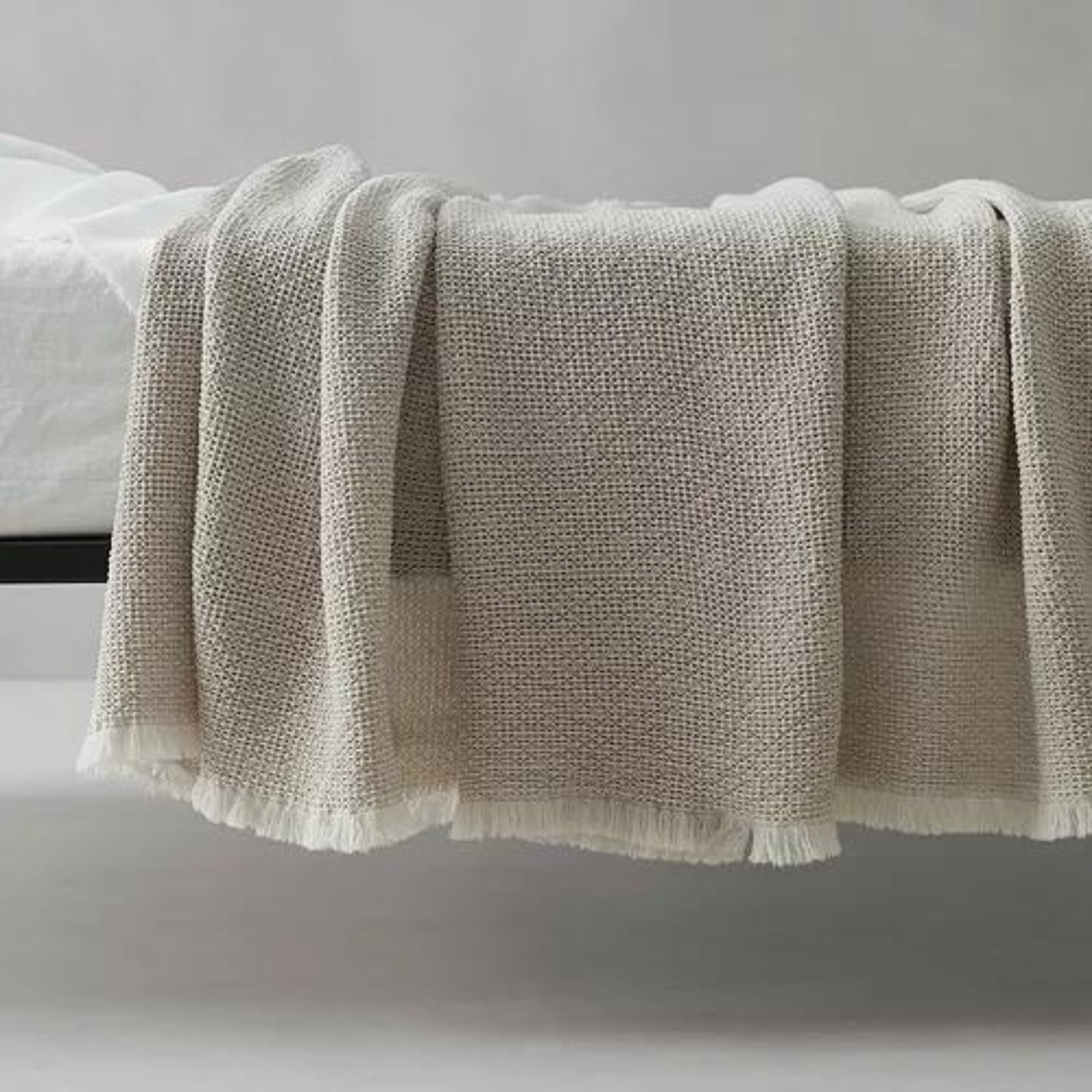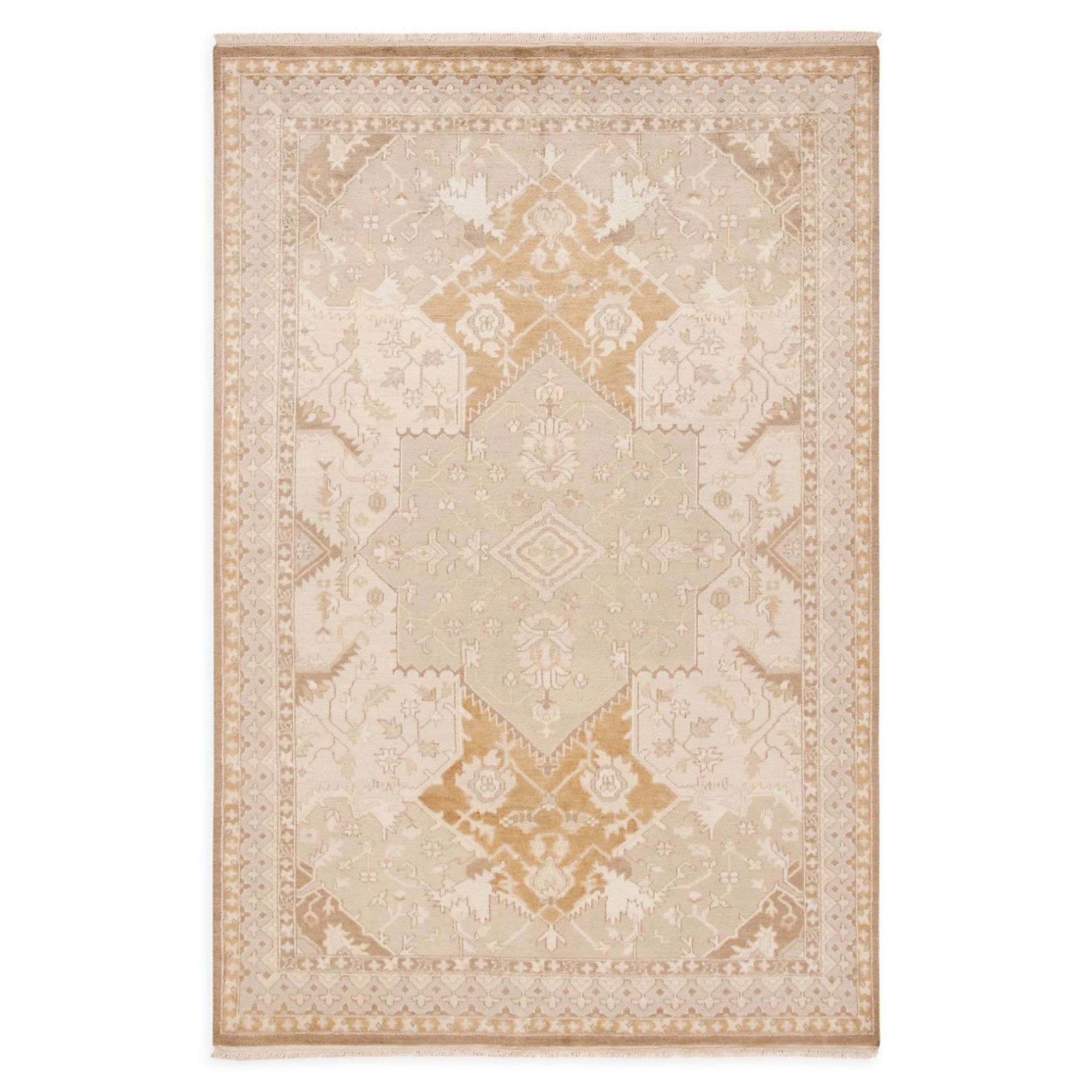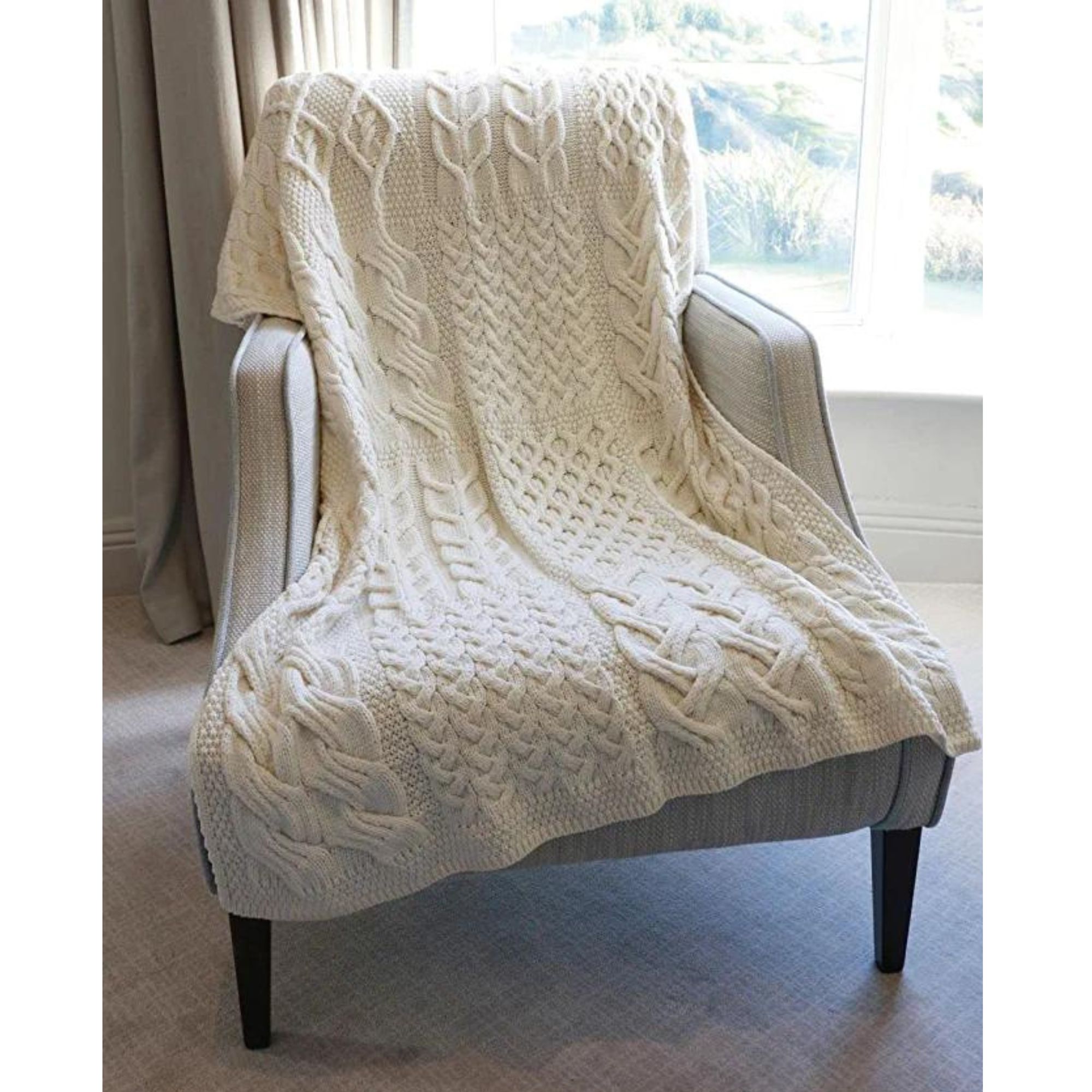How to keep a living room warm without heating – 8 simple rules for guaranteed warmth
Keeping heat in a living room doesn't have to be hard work, here are 8 easy ways to keep the space warm


Given that we spend so much time in our living rooms, trying to keep them warm without breaking the bank is paramount.
A cold living room makes it hard to relax and enjoy our free time, but as many of us try different ways to save money at home, leaving the heating turned on all day is now not an option. Fortunately, there are plenty of ways to keep a living room warm and make a living room feel cozy.
Below, we have broken down eight ways to keep a living room warm without running your heating for hours on end.
How to keep a living room warm without heating
Trying to keep a living room warm shouldn’t be disrupting your relaxation, here’s how to keep your main space cozy in winter.
1. Layer natural textiles such as wool, leather, and faux fur
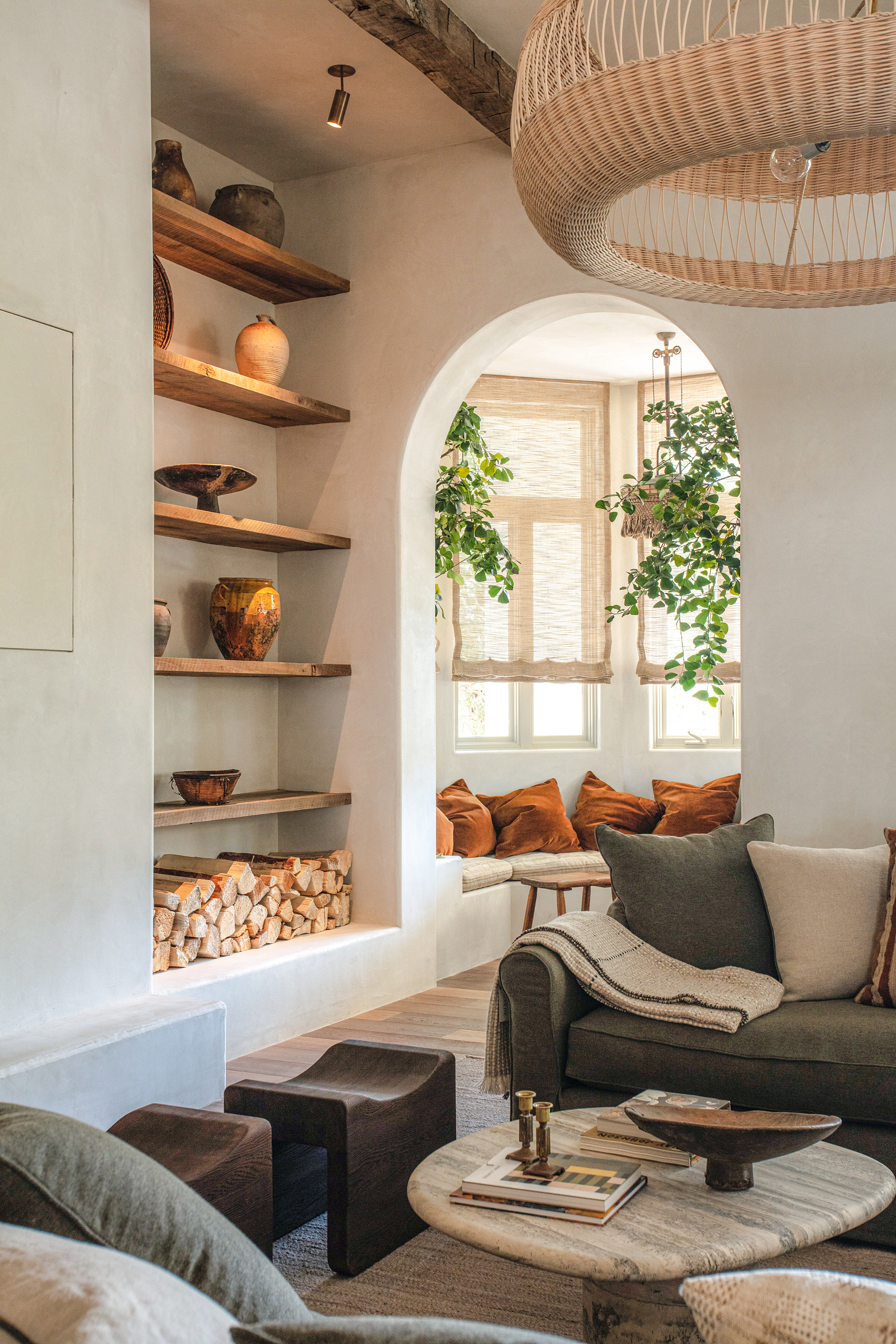
Layering in interior design is usually considered to make a space look more luxurious, but it is great for making a space feel warmer too, says Martin Waller, founder of Andrew Martin. ‘Winter is about layering. Where we put on coats, scarves, and gloves your home needs extra rugs, throws, and patterns. Textiles like wool, leather, and fur are a go-to for the winter cabin look. Kilims and prints of rural scenes are where you accomplish warmth and coziness through the pattern.’
2. Block drafts and close internal doors to keep warm air in

Drafts are one of the leading causes of heat loss in homes after poor insulation, so blocking up gaps and air holes, even with some makeshift DIY draft-proofing, around your living room can make a world of difference when trying to keep a living room warm.
‘One of the easiest ways to lose heat in your home is by leaving doors open. The cozy pre-heated living room is wasted and cold within a matter of minutes when the door is left open allowing all the heat to escape,’ says Jess Steele, heating technology expert at designer radiator specialists BestHeating. ‘Keeping the door shut will trap the heat in the room, maintaining its warmth for longer.
Design expertise in your inbox – from inspiring decorating ideas and beautiful celebrity homes to practical gardening advice and shopping round-ups.
‘If you can still feel a draft coming through, I recommend buying draft excluders. A lot of heat can be lost from gaps in the house, mainly between doors and windows so using draft excluders will help to block those gaps leaving the room feeling warmer for longer.’
3. Upgrade your window treatments
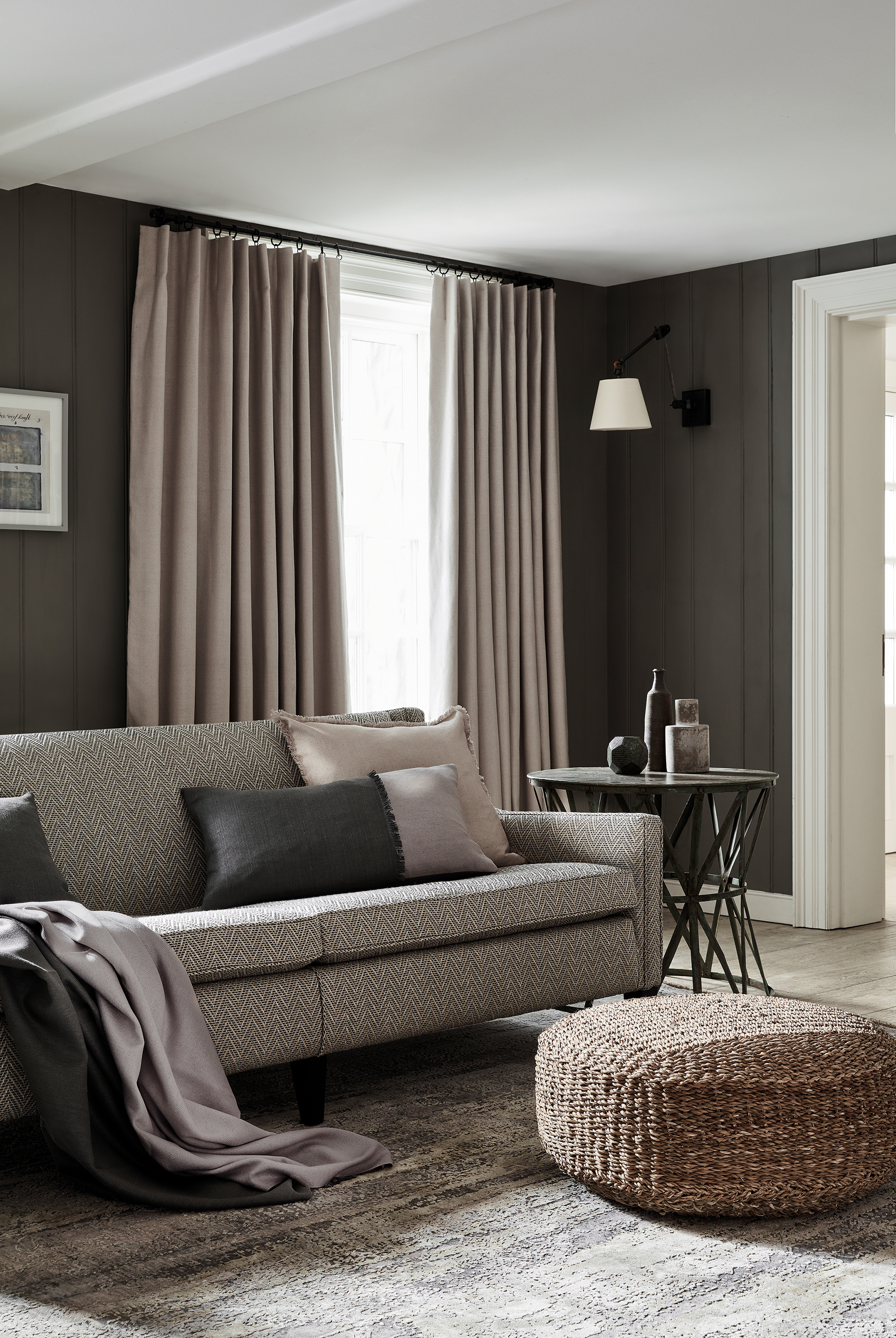
‘Good quality, lined curtains are worth the investment – they are suitable all-year-round offering temperature control and privacy,’ explains Debbie Leigh, design manager at ILIV. ‘Blackout and thermal linings help to keep the room warm in winter but also cooler in summer, by totally blocking out unwanted light. Their ability to help keep the cold air from seeping into the home makes them particularly useful during the fall and winter months. Blackout and thermal linings help to keep a room warm which also has the added benefit that any heating/cooling systems will work more efficiently too.’
If you love your existing curtains there is no need to replace them entirely, however. Amazon offers thermal curtain liners that can quickly be added to existing hangings to provide extra insulation at half the price.
‘There are plenty of ways to help keep a living room warm, without the need to turn on the heating - one of which is upgrading your old window treatments to modern thermal alternatives, such as plantation shutters,’ continues Sam Tamlyn, managing director at California Shutters. ‘As heat is often lost through windows, installing shutters – especially DIY shutters – is an affordable way to help retain heat in a living room, plus they look stunning too. No matter the type of window, as shutters are fitted bespoke to the window, when their slats are closed, very little air escapes through them making them great insulators. Shutters also come in a range of materials, styles, and colors, so they can match your home décor perfectly.’
4. Add rugs for extra insulation
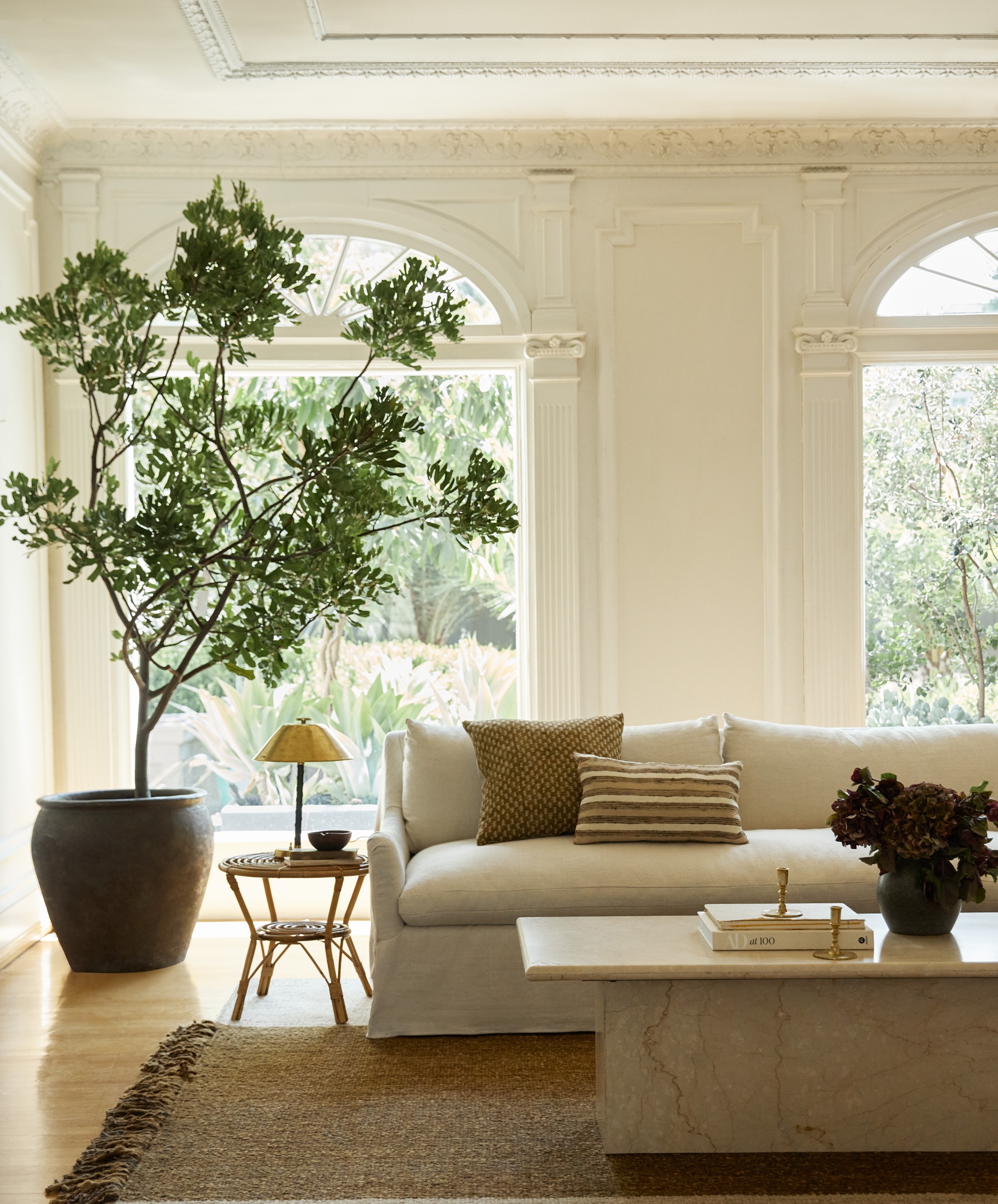
When choosing a rug, there is more to think about than the way it looks – especially if you have a cold house. Research has shown that between 10% and 20% of a home’s heating can be lost through the floor if it is not insulated correctly, making a natural fiber rug a top priority for keeping a living room warm.
‘An extra rug is usually considered as an additional design element to a space, but they can have practical functions too,’ says Jess Steele, heating technology expert at BestHeating. ‘During the colder months, they add an extra layer of insulation to your flooring and help to trap cold air, preventing it from making the space colder and saving you a little more cash.’
Rugs can make a difference even if you have a living room carpet, especially if your carpet is old, thin, or lacking in underlay, as Ray Jones, flooring expert at SCS explains. ‘Usually, one we associate with bedding, but carpets have a TOG rating too and it’s a good indicator of how much heat or air is able to pass through the material. The higher the TOG rating, the better your heat insulation is going to be so it’s important to make sure you’re taking this into consideration before making a purchase. If you have underfloor heating, however, you will require a lower TOG rating so that the heat can pass through,’ he adds.
5. Insulate behind radiators if you have them
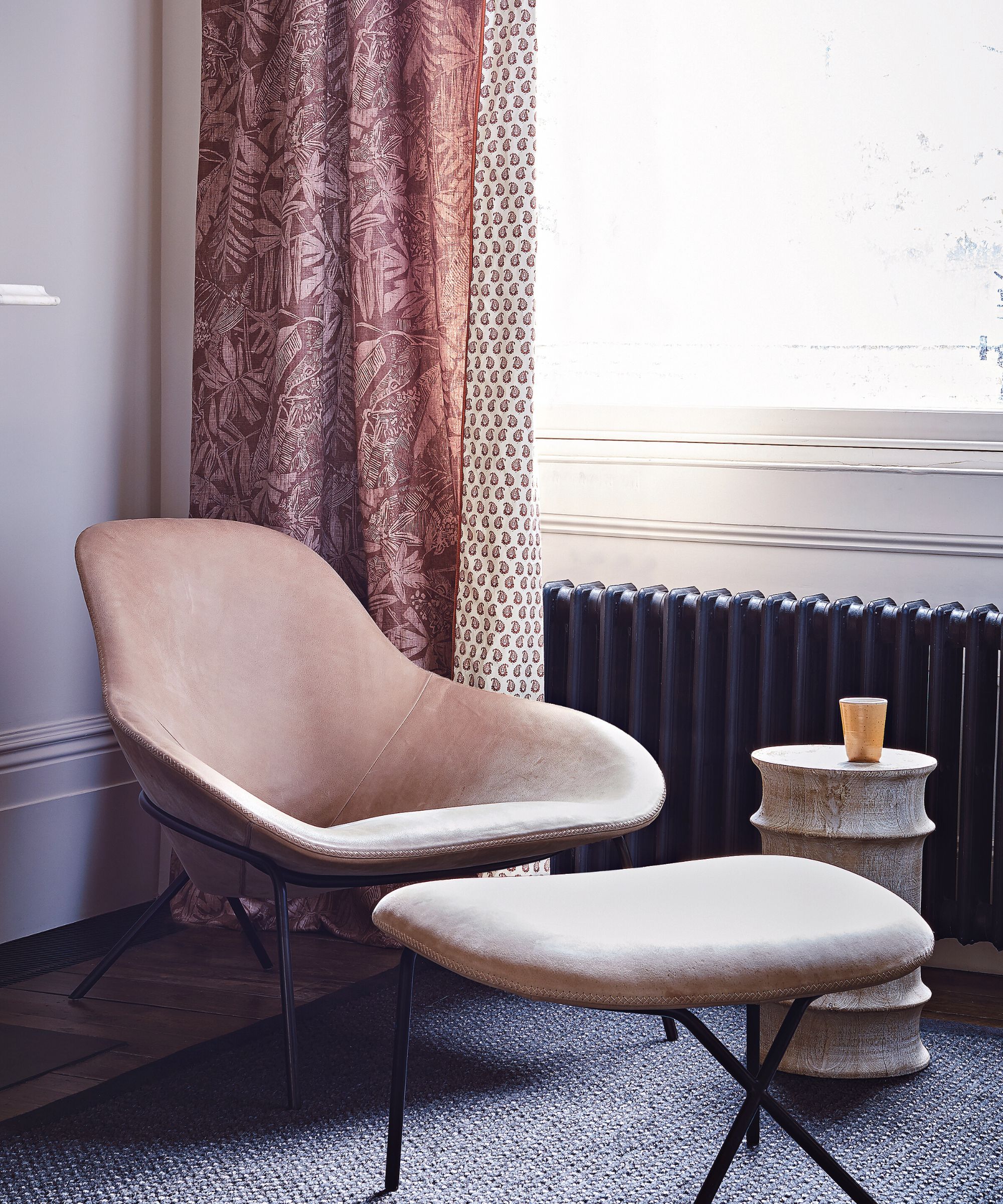
Although few American homes have traditional radiators, those with them may wish to consider insulating the wall space behind them with a heat shield thermal foil such as this on Amazon to help reflect warm air back into the room, rather than let it escape outside.
6. Move furniture away from windows, external walls, and sources of heat
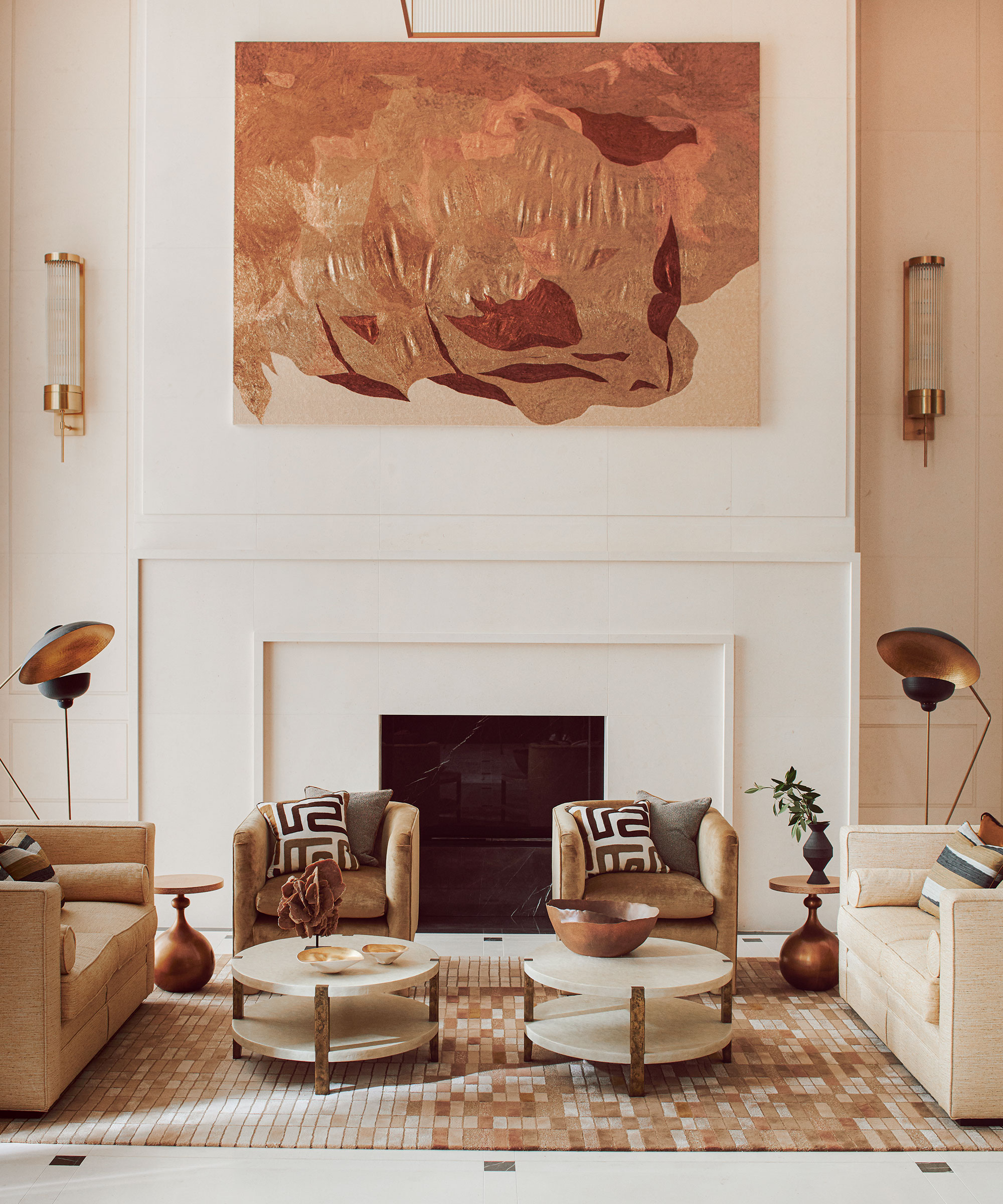
Rearranging your living room layout so that key furniture pieces such as sofas and chairs are away from external walls, windows, and drafty doors can help you to feel warmer when relaxing by moving you away from sources of cool air.
Although it may seem logical to move furniture towards sources of heat, doing so could cause you more problems than you started with, warns Jess Steele, heating technology expert at designer radiator specialists, BestHeating. ‘Don’t place large pieces of furniture in front of your radiator or on top of heating vents,’ adds Jess. ‘Blocking your heating with furniture, such as a sofa or a table, will stop the flow of warm air and will cause your boiler to work harder to heat your home, resulting in more expensive heating bills.’
7. Alter the rotation of your ceiling fan to redistribute warm air, rather than draw it away
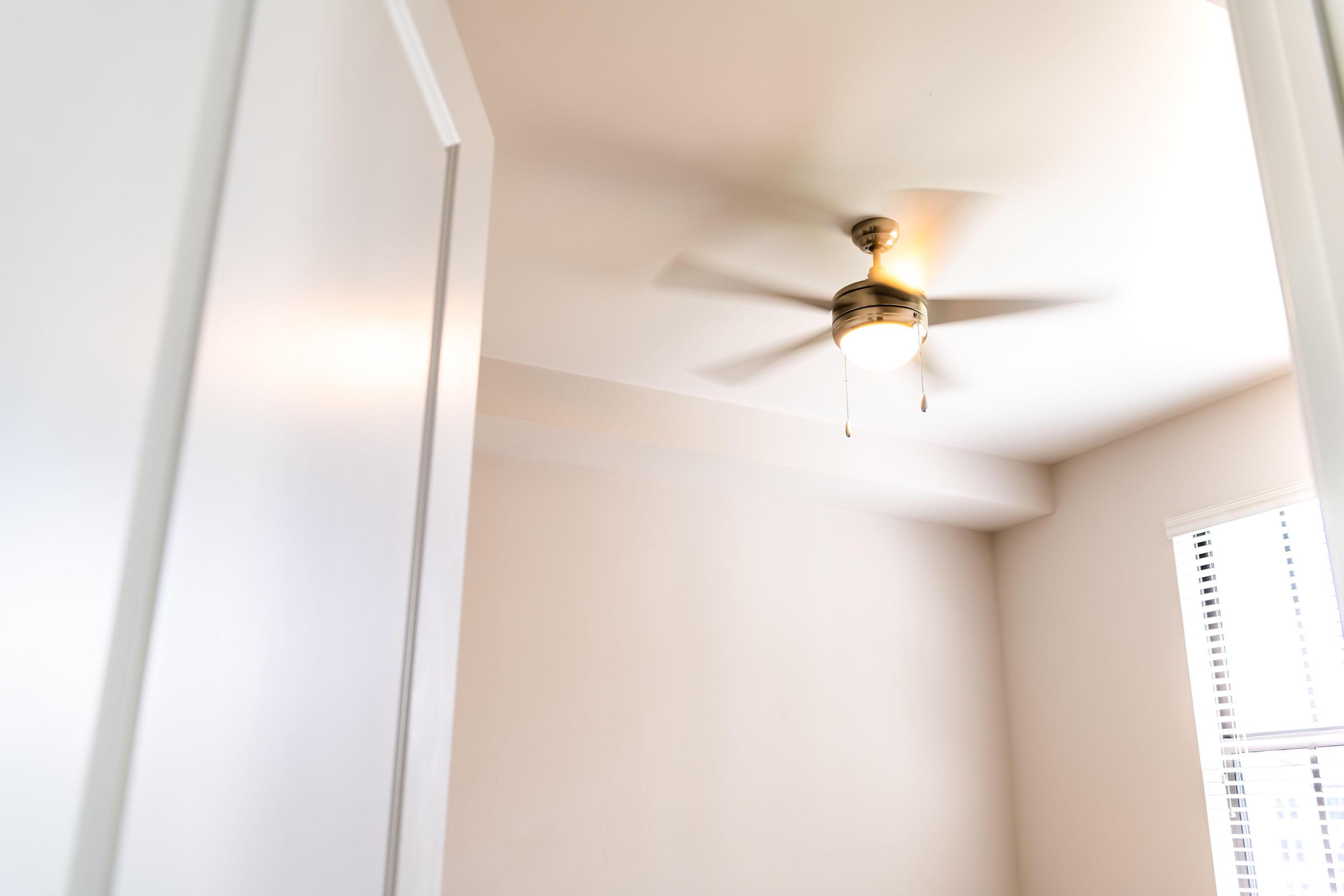
As with keeping a bedroom warm without heating, altering the rotation of a ceiling fan to move clockwise can help to push warm air collected around the ceiling back down into and around your living room, making it feel warmer for longer and getting the most use out of your home heating system when you do turn it on.
8. Block unused chimneys to prevent heat escaping
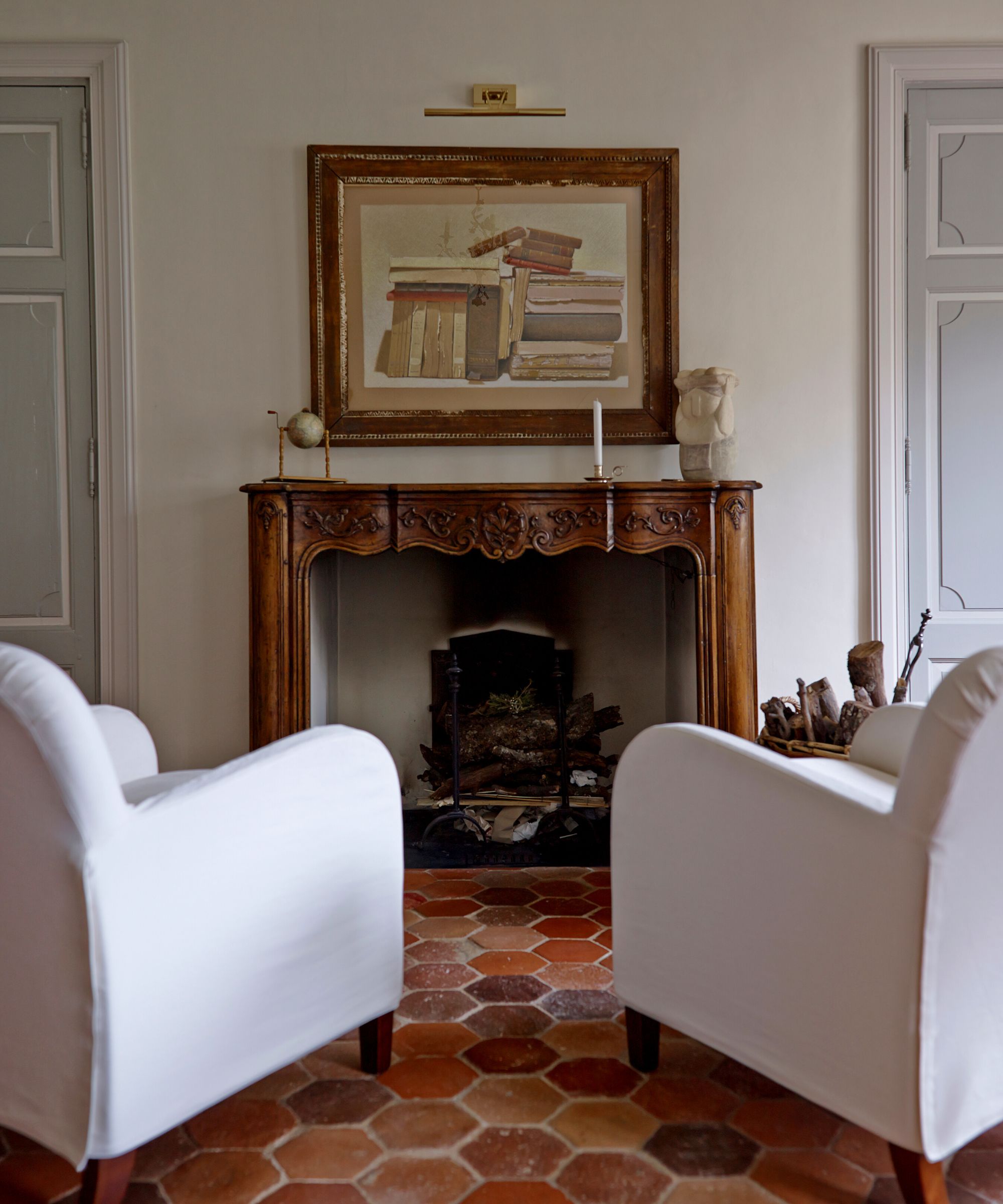
If you have a real chimney connected to your living room, but no wood burner to help heat the space, then blocking up the chimney is a great way to keep cold air out and warm air in.
There are a few ways you can safely block up a chimney temporarily but the most practical is to use a specialized chimney balloon (which can be found on Amazon) that can inflate to snugly fit any size and shape chimney to prevent hot air from escaping and cool air from dropping down. These balloons are easy to remove later down the line too, should you wish to have a fireplace installed.
It is not a good idea to use pillows or old comforters to block up a chimney, contrary to popular belief. While materials such as these will work to stop a draft for a little while, soft furnishings will quickly become damp, leading to the growth of mold and mildew which can lead to health hazards down the line.
If blocking up a chimney that does see some use throughout the year, make sure to remove any blocks before lighting the fire to prevent fire hazards and allow for proper airflow.
Chimney Balloon Inflatable Fireplace Draft Blocker – $46.99 at Amazon
The Chimney Balloon has a tapered edge that is designed to work with a rectangular chimney opening. Every Chimney Balloon also comes with a two-foot-long removable clear inflation tube that connects to the handle valve to make inflation easy.
What is the cheapest way to keep your room warm?
One of the cheapest ways to keep a living room warm is to prevent heat loss by blocking up sources of drafts such as doorways and windows with draft excluders and thermal curtains, as well as using thick rugs and wall hangings to add some extra decorative insulation to your room and prevent warm air from escaping through walls and floors.
Why is my living room always cold?
If your living room is always cold no matter how long you leave the heating on, then it could be that the room has poor insulation in your walls, ceiling, and floors. The problem is often made worse in rooms that have fireplaces (especially if they are not in use), external walls, and large windows. You will be able to tell if you have poor insulation if your walls always feel cold to the touch, even if the heating has been on.
Best places to buy living room furnishings
Our eCommerce editor, Jaclyn has found some of the best places to buy living room furnishings for the perfect cozy space:

Chiana has been at Homes & Gardens for two years and is our resident 'queen' of non-toxic living. She spends most of her time producing content for the Solved section of the website, helping readers get the most out of their homes through clever decluttering, cleaning, and tidying tips. She was named one of Fixr's top home improvement journalists in 2024.
